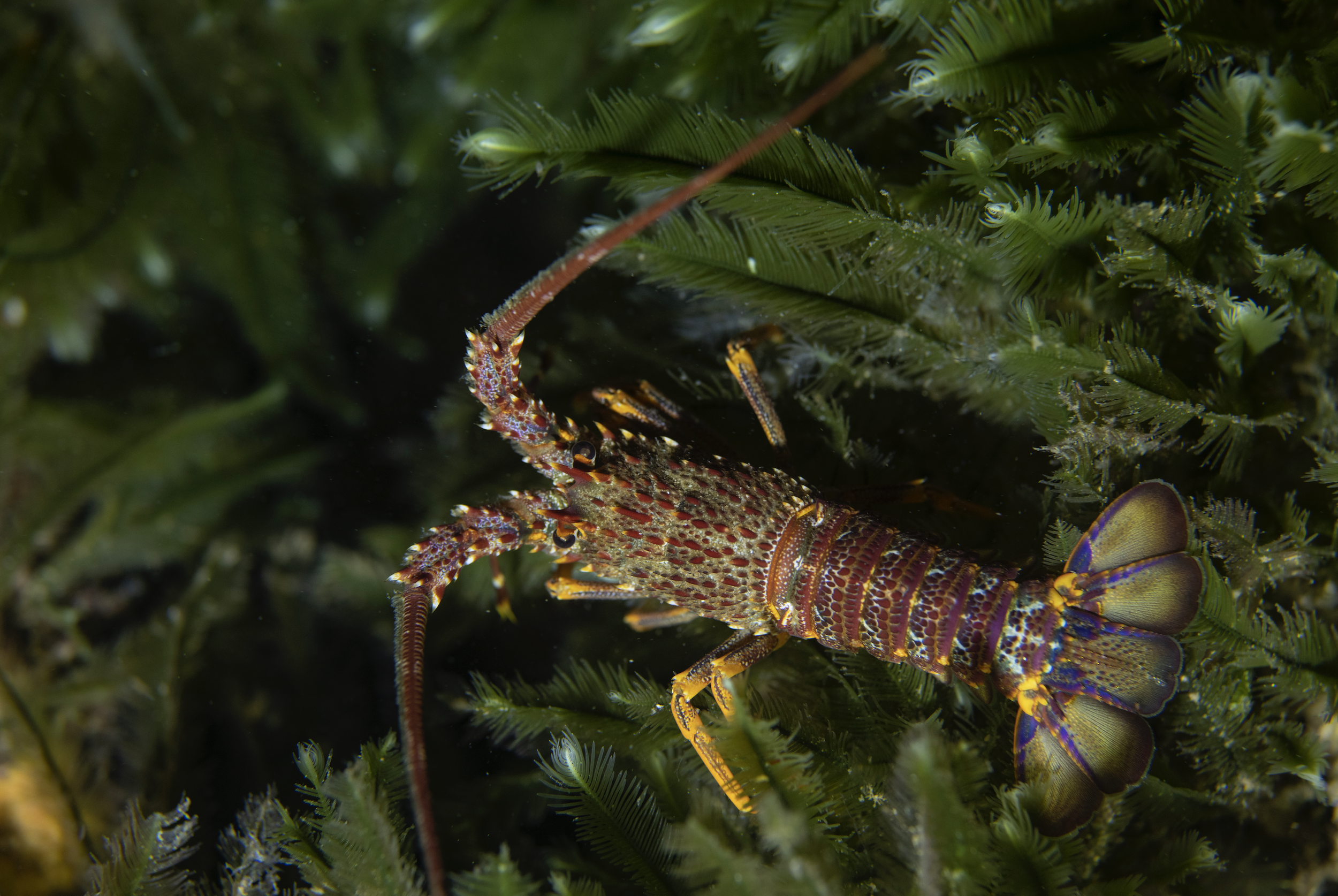
Social research is the process of gathering information about people’s thoughts, behaviours, and beliefs. It helps us understand how individuals and communities perceive certain topics and issues.
By asking questions and analysing the answers, we can learn more about how people think and what influences their opinions.
In this activity, you will conduct a social research project. Your task is to interview at least three people from your family, friends, or school community on how they understand and perceive the importance of kelp forests. After gathering all your responses, you will combine everyone’s data to get a broader understanding of how people perceive kelp forests and visualise the results to share your findings with others.
Survey Tips
Make sure to ask each participant all the questions and record their responses carefully.
Ensure that all responses are anonymous when you share them in class.
Use the provided survey questions to guide your interviews.
Q1: Kelp forests are the defining feature of the Great Southern Reef (GSR), a reef system that spans more than 8000 kilometres of the Australian Southern coastline. Have you heard about this reef before?
☐ Yes
☐ No
Q2: The GSR has the highest number of endemic seaweed species and the highest diversity of seaweed in the world, with more than 1,400 species already known.
☐ True
☐ False
Q3: Giant Kelp are a type of large brown seaweed that form vast underwater forests in the GSR. In which Australian states can we find Giant Kelp Forests?
☐ VIC, TAS, NSW
☐ SA, VIC, TAS
☐ WA, SA, TAS
☐ WA, VIC, NSW
Q4: Giant Kelp Forests are home to a wide range of marine organisms. Which of these animals does not live in giant kelp forests in Tasmania?
☐ Rock lobsters
☐ Abalone
☐ Conger eels
☐ Sea Otters
Q5: A significant percentage of the giant kelp forests in Tasmania has disappeared due to exploitation, degradation, and climate change. How much do you think remains today?
☐ 5%
☐ 15%
☐ 45%
☐ 85%
Q6: In 2012, the remaining communities of Giant Kelp in South East Australia were listed as a threatened ecological community and protected under the Environment Protection and Biodiversity Conservation Act 1999.
☐ True
☐ False
19. Now it’s time to conduct your survey. See the steps below:
a) Gather all your responses: record the answers from three surveys.
b) Use an Excel spreadsheet (click here for google sheet, make a duplicate) to enter and organise the data. Combine everyone’s data to get a broader understanding of how people perceive kelp forests.
c) Create graphs and tables to visualise the results. These visual aids will help us see patterns and trends in the data.
d) After visualising the data, conduct further research to find the correct answers to the survey questions. This will allow you to compare what people think with what is actually true.
e) Present your findings. Create the infographic using online tools like Canva or Piktochart. If you prefer, you can also use paper and create a large poster.
Below is a an example infographic to illustrate the design.
Graphs and tables should be added to communicate the results from the survey.
Reflection:
After sharing your infographic, discuss the results in class.
20. Record answers to the following questions:
a) How do people’s perceptions compare to the correct information?
b) What surprised you about the results?
c) How can you help raise awareness about the importance of kelp forests in your community?
21. Write a short reflection on what you learned from this activity and how it has influenced your understanding of kelp forests.


